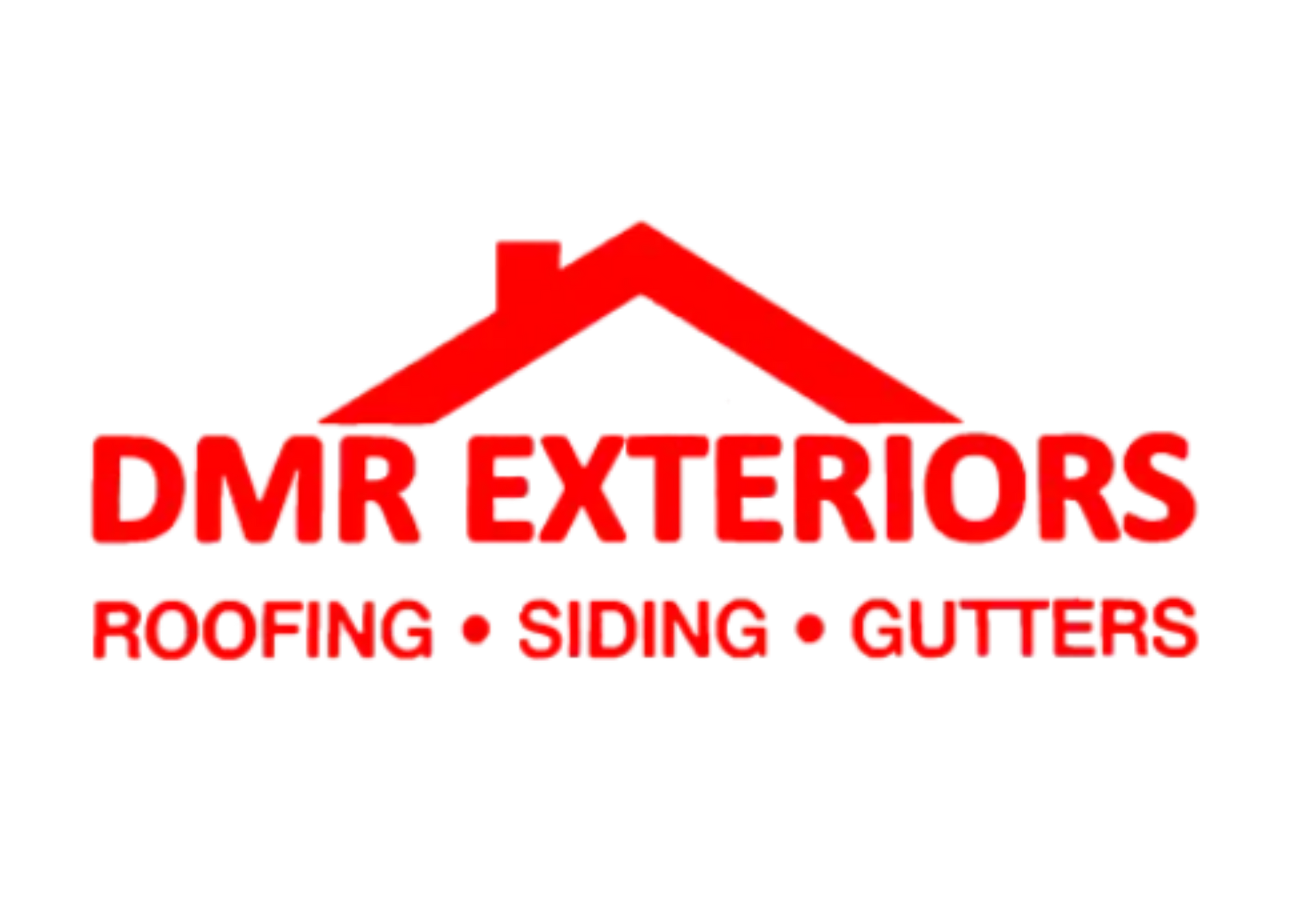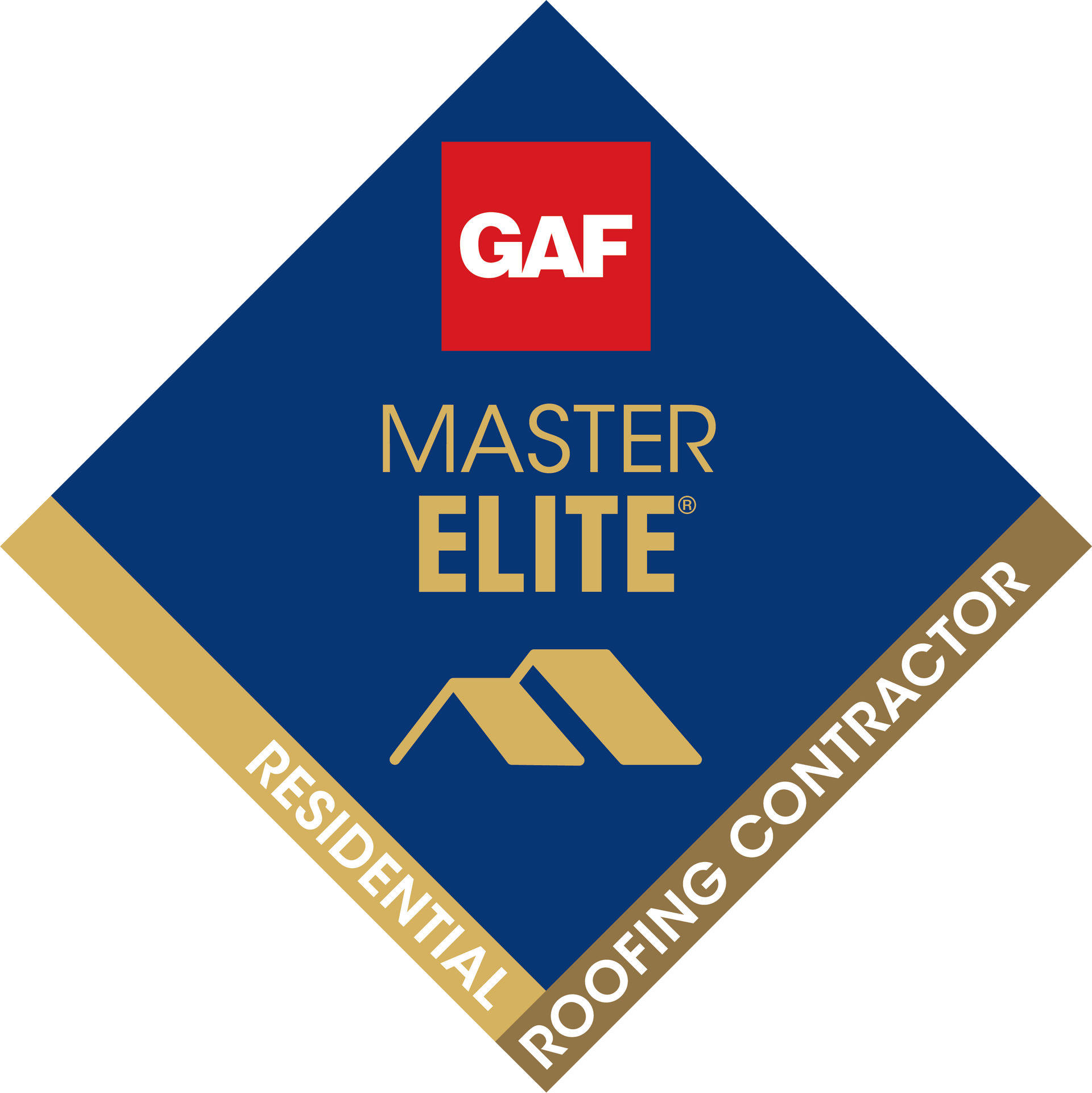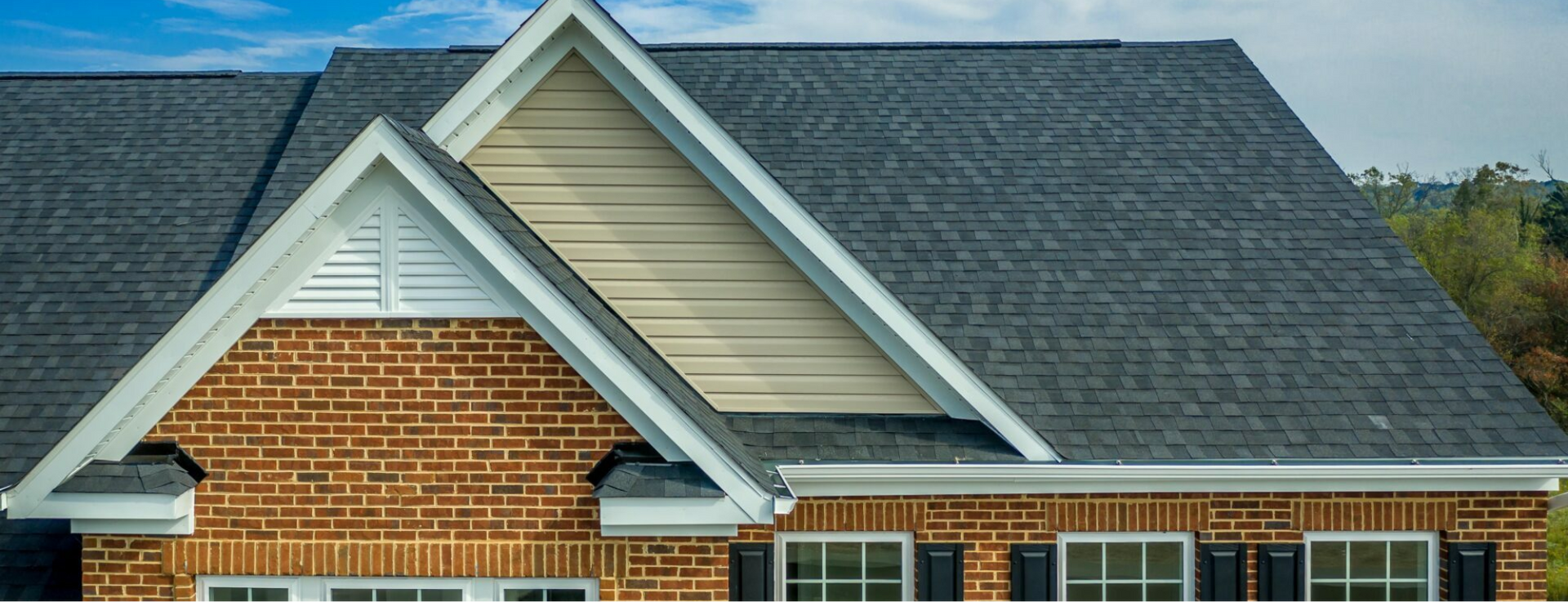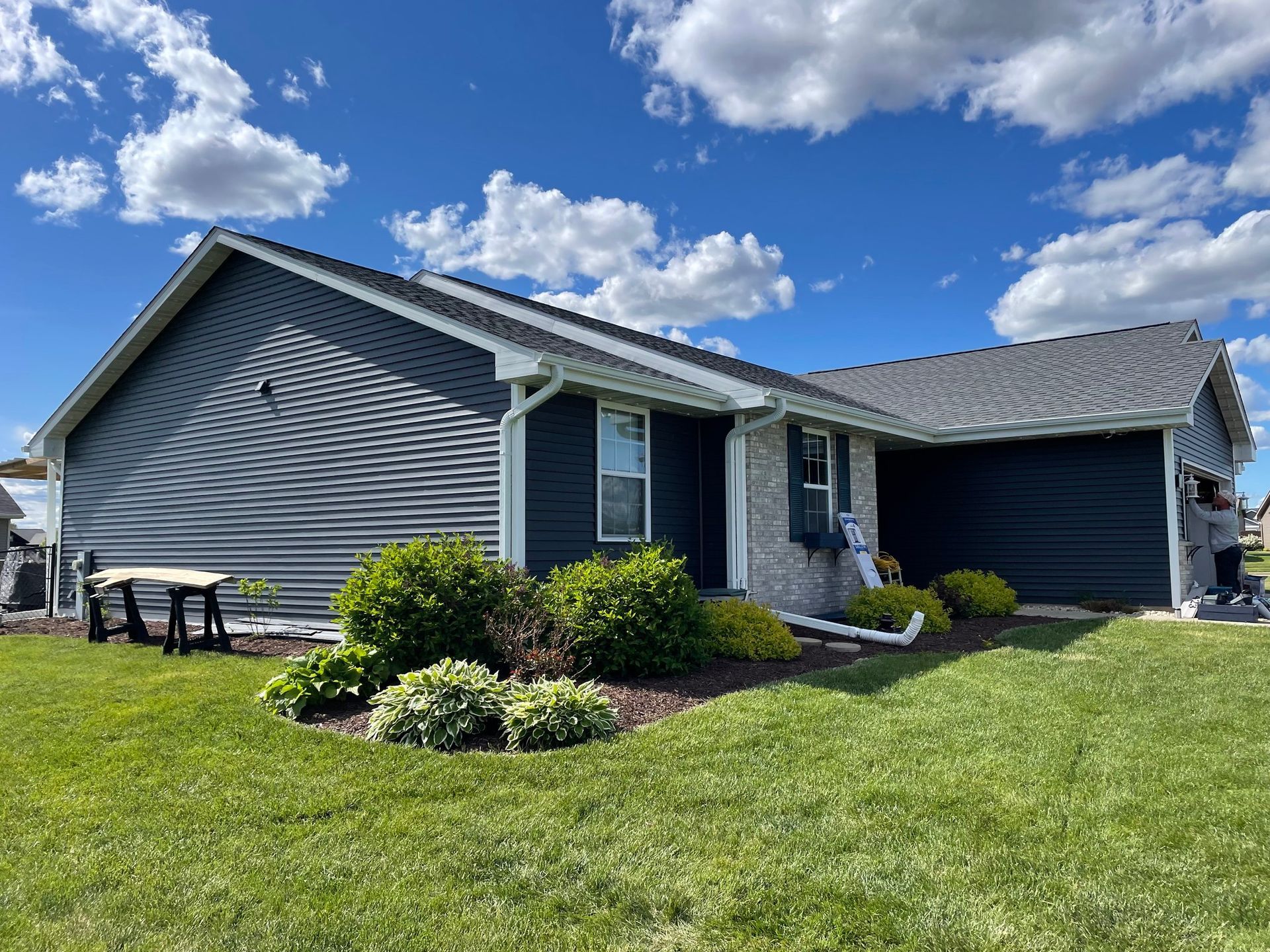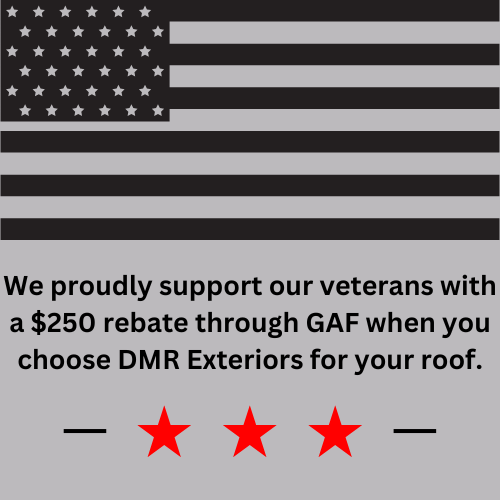What Is Roof Ventilation and Why Does It Matter?
How Proper Airflow Protects Your Home from Moisture, Mold, and Rising Energy Bills
When most Janesville homeowners think about their roof, they focus on shingles, gutters, and leaks. But there’s one critical part of your roofing system that often goes unnoticed—ventilation. At DMR Exteriors, we believe that understanding roof ventilation is key to protecting your investment, keeping your home comfortable, and even lowering your energy bills.
What Is Roof Ventilation?
Roof ventilation refers to the system of intake and exhaust vents that allow air to circulate through your attic. This airflow helps remove heat and moisture that can build up over time, especially in Wisconsin’s humid summers and freezing winters.
A balanced ventilation system includes:
- Intake vents (usually located at soffits or eaves)
- Exhaust vents (typically found at the ridge or gable)
This setup allows cool, fresh air to enter at the bottom and warm, moist air to exit from the top—creating a constant, healthy airflow.
Why It Matters for Your Home
Prevents Moisture and Mold
Warm air rising from your home carries moisture into the attic. Without proper ventilation, that moisture becomes trapped, leading to:
- Mold and mildew growth
- Wood rot
- Insulation damage
- Costly repairs
In Wisconsin, where snow and ice can linger on rooftops, moisture control is essential.
Reduces Ice Dams
Improper ventilation can cause uneven roof temperatures, which leads to ice dams—ridges of ice that block melting snow from draining properly. Ice dams can back up under your shingles, causing leaks and structural damage.
Improves Energy Efficiency
During the summer, heat trapped in your attic can make your air conditioner work overtime. In winter, poor airflow can lead to heat loss and higher heating bills. A well-ventilated attic keeps your home more consistent in temperature—saving you money year-round.
Extends the Life of Your Roof
Heat and moisture are two of the biggest enemies of roofing materials. By minimizing both, proper ventilation helps your shingles and structural components last longer—protecting your investment for decades.
How to Know If Your Roof Is Properly Ventilated
Here are a few signs you might have a ventilation problem:
- Ice dams form every winter
- Mold or mildew in the attic
- Uneven temperatures throughout your home
- Rising energy bills
- A musty smell coming from the attic
Let’s Take a Look
At DMR Exteriors, we specialize in roofing systems that are built to perform in Southern Wisconsin’s climate. Whether you’re replacing your roof, making energy upgrades, or just curious about your attic ventilation—we’re here to help.
Call us today to schedule a roof inspection or request a free estimate.
Protect your home. Improve efficiency. Breathe easier—with DMR Exteriors.
